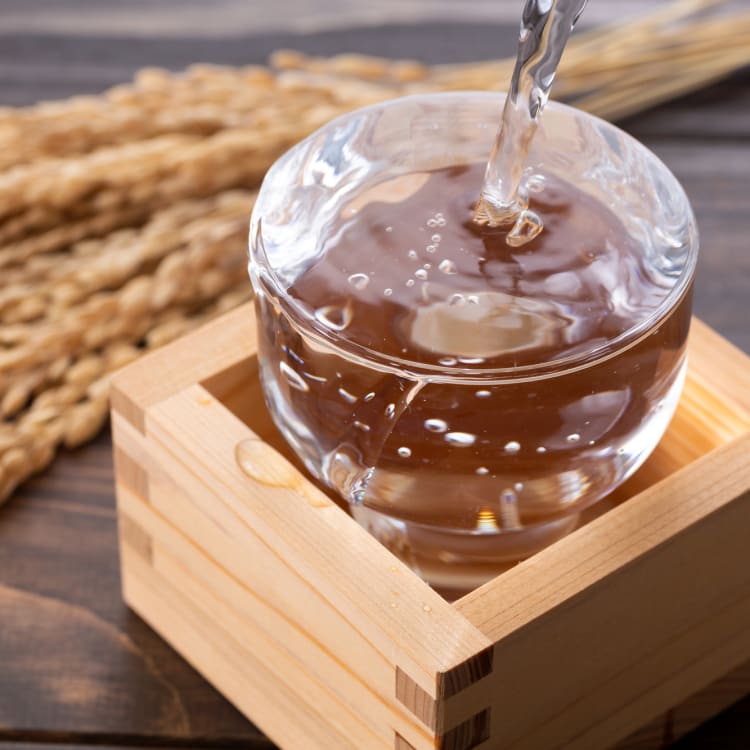
Story
When Seafood Meets Sake
A Food Pairing Made in Heaven
By JNTO On 21 February 2022
What we call sake, referred to as nihonshu in Japan, is a beloved alcoholic beverage that can be easily found in different settings ranging from household drinks and casual izakaya bars’ menu, to high end restaurants.
The quality of sake often depends on the type of water and rice, specifically the amount of rice grain left after it is polished – referred to as ‘rice polishing rate’ – and the lower the percentage, the more expensive because more rice is needed to produce it. For example, many people value Daiginjo, which has a polishing rate of 50% or under, while Ginjo has a polishing rate of 60%.
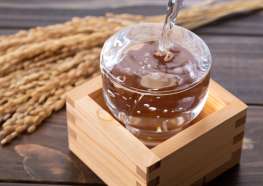
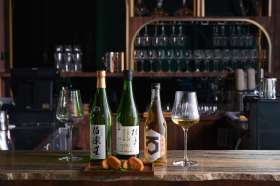
There are a lot of options out there when it comes to flavour and texture. There are delicate sake with floral or fruity aroma as well as heavier sake with a stronger bready flavour, and everything in between. A Sake Meter Value (SMV), a rough guide for sweetness and dryness of the sake, can usually be found on the sake bottle (the common interpretation is the higher the number, the drier the sake).
The range of serving temperatures also creates an opportunity for a whole new dimension of sake-food pairings. Cold sake (5-15ºC) is fresh and more refreshing, while hot sake (45ºC) reveals a more rounded flavour that has more umami and sweetness.
Sake and seafood
Sake and seafood both have components that complement and enhance each other, making them a delectable pairing for the palate. In particular, sake plays an important role in drawing out the umami from seafood. This is because sake is full of amino acids (from rice protein), much like glutamic acid which is a well-known source of umami. When you consume the different umami components together, it creates a depth of flavour.
It might be a common misconception that sake is only good with Japanese dishes, but it actually works well with almost any types of cuisines. For those beginning to explore the world of sake and food pairing, a Junmai Ginjo-grade sake is a great sake to pair with a large variety of cuisines because it ranges from clean flavours to full-bodied characteristics.

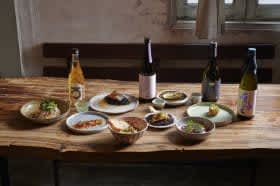
Generally, Junmai sake (which means no additional alcohol is added in the brewing process, as opposed to Honjozo) with a polishing ratio of 70% retains its umami making a good pair for strong flavours, while Daiginjo sake, which has been milled down to at least 50%, has an elegant sweetness that pairs well with delicate flavours.
For instance, a nice Honjozo or Junmai would pair well with seafood dishes with a stronger flavour. You can pair it with casual Chinese dishes like sweet and sour fish, or even Indian dishes like fish curry or spicy prawns. A Honjozo would also go well with Spanish dishes like salty anchovies. When served at room temperature – instead of chilled – the richer umami from a Junmai sake enables you to savour both the spice of a cuisine and sake at the same time, for instance, with Singaporean classics like Chili Crab.

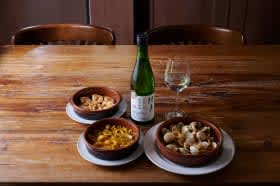
Try a Ginjo-style sake (polishing ratio of 60%) with Italian dishes like Vongole pasta, or Junmai Ginjo with traditional French dishes like the Bouillabaisse. A richer Junmai or Junmai Ginjo will also complement umami elements in classic Spanish dishes like squid ink paella or seasoned octopus.
There are also more robust-flavoured sake that can be paired with richer dishes. A Yamahai-style or Kimoto-style (which are funkier, and bready in flavour) as well as aged sake (usually sweeter, fuller bodied and darker in colour) go well with rich savoury dishes like a French Seafood Bisque, or a classic Shanghai Stir-fried Eel.
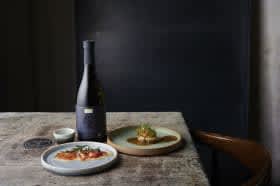

Meanwhile, the delicate flavours of a Daiginjo – which can be fruity or floral – perfectly complement lighter dishes like steamed white fish or scallops, as well as raw oysters (which also go well with sparkling sake). Daiginjo is also the best match for sashimi, particularly delicate white fish like tai (sea bream) and kanpachi (amberjack).
Find your ideal sake and seafood pairing
If you would like to explore more about sake and food pairing, follow the latest “Seafood Loves Sake” campaign by JFOODO! From mid-February to mid-March this year, you can look forward to savouring great sake and food pairings at some of Singapore’s most highly-acclaimed restaurants, with sake specifically chosen to pair with their signature dishes, as recommended by top sommeliers and chefs.


For more about the JFOODO “Seafood Loves Sake” Restaurant Campaign, visit:
















































